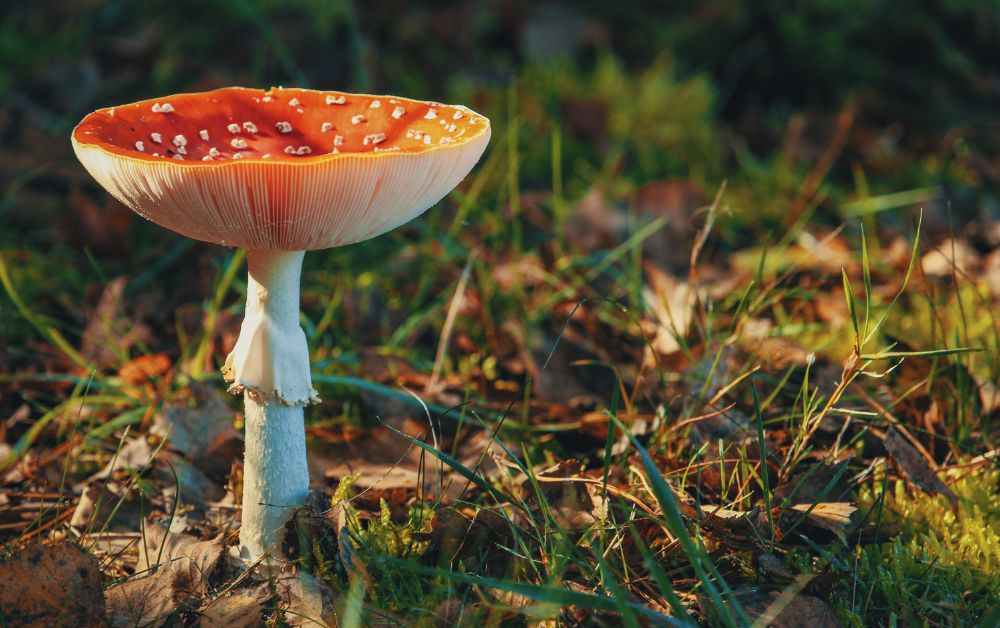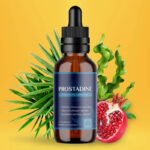A Guide to Buying Spore Syringes and Mushroom Identification
Mushrooms, with their diverse shapes, colors, and properties, have long captivated human curiosity. From culinary delights to medicinal wonders, mushrooms offer a wealth of benefits and experiences. For enthusiasts looking to explore the world of fungi, two essential aspects are buying spore syringes for cultivation and mastering mushroom identification. In this comprehensive guide, we delve into the intricacies of purchasing spore syringes and honing the skill of mushroom identification, opening doors to a fascinating realm of mycology.
Understanding Spore Syringes:
Spore syringes serve as a vital tool for cultivating mushrooms. They contain a suspension of mushroom spores, the microscopic reproductive cells of fungi, in a sterile solution. When used correctly, spore syringes enable growers to inoculate substrates, such as grain jars or agar plates, initiating the growth of mycelium—the vegetative part of the fungus—from which mushrooms eventually emerge. When purchasing spore syringes, it’s crucial to ensure their quality, sterility, and legality.
Where to Buy Spore Syringes:
The internet has become a hub for mushroom cultivation enthusiasts, offering a plethora of vendors specializing in spore syringes. However, discernment is key when selecting a supplier. Reputable vendors, such as Blue Stem Spores, prioritize quality, authenticity, and customer satisfaction. Their wide selection of mushroom strains, stringent sterilization processes, and discreet shipping ensure a seamless purchasing experience. When buying spore syringes, always opt for trusted suppliers to avoid potential contamination or legal issues.
Legal and Ethical Considerations:
While spore syringes themselves are legal to purchase in many jurisdictions, their use for cultivating psychoactive mushrooms may be subject to legal restrictions. It’s essential to research and adhere to local laws regarding mushroom cultivation and possession. Responsible cultivation practices, such as growing non-psychoactive gourmet or medicinal mushrooms, offer a legal and ethical avenue for utilizing spore syringes while avoiding legal scrutiny.
Choosing the Right Mushroom Strains:
When buying spore syringes, selecting the right mushroom strains is paramount. Different species of mushrooms offer varying potency, growth requirements, and culinary or medicinal properties. Common strains like Psilocybe cubensis, known for their psychedelic effects, appeal to recreational and therapeutic users alike. Gourmet varieties such as oyster mushrooms (Pleurotus ostreatus) or shiitake (Lentinula edodes) offer culinary enthusiasts a chance to cultivate delectable delicacies at home. Consider your interests, experience level, and intended use when choosing mushroom strains.
Mushroom Identification Techniques:
Accurate mushroom identification is essential for safe foraging, culinary exploration, and scientific study. While experienced mycologists may rely on intricate taxonomical features, beginners can start with basic identification techniques. Observing the mushroom’s cap, gills, stem, and spore print color can provide valuable clues to its identity. Additionally, consulting field guides, online forums, and mushroom identification apps can aid in confirming species and distinguishing between look-alike mushrooms.
Safety Precautions:
Foraging wild mushrooms carries inherent risks, including the potential for misidentification and accidental ingestion of toxic species. Therefore, it’s crucial to exercise caution and employ proper safety measures. Only consume mushrooms confidently identified as safe and edible, preferably with guidance from experienced foragers or mycologists. When in doubt, err on the side of caution and refrain from consuming unfamiliar mushrooms.
Educational Resources and Communities:
Learning about mushrooms and their cultivation journey is a rewarding endeavor enriched by engaging with educational resources and communities. Books, documentaries, online forums, and local mycological societies offer valuable insights, practical tips, and camaraderie among fellow enthusiasts. Participating in workshops, forays, and mushroom cultivation courses can deepen your understanding and appreciation of fungi while connecting you with like-minded individuals passionate about mycology.
Legal and Ethical Considerations:
While spore syringes themselves are legal to purchase in many jurisdictions, their use for cultivating psychoactive mushrooms may be subject to legal restrictions. It’s essential to research and adhere to local laws regarding mushroom cultivation and possession. Responsible cultivation practices, such as growing non-psychoactive gourmet or medicinal mushrooms, offer a legal and ethical avenue for utilizing spore syringes while avoiding legal scrutiny.
Choosing the Right Mushroom Strains:
When buying spore syringes, selecting the right mushroom strains is paramount. Different species of mushrooms offer varying potency, growth requirements, and culinary or medicinal properties. Common strains like Psilocybe cubensis, known for their psychedelic effects, appeal to recreational and therapeutic users alike. Gourmet varieties such as oyster mushrooms (Pleurotus ostreatus) or shiitake (Lentinula edodes) offer culinary enthusiasts a chance to cultivate delectable delicacies at home. Consider your interests, experience level, and intended use when choosing mushroom strains.
Mushroom Identification Techniques:
Accurate mushroom identification is essential for safe foraging, culinary exploration, and scientific study. While experienced mycologists may rely on intricate taxonomical features, beginners can start with basic identification techniques. Observing the mushroom’s cap, gills, stem, and spore print color can provide valuable clues to its identity. Additionally, consulting field guides, online forums, and mushroom identification apps can aid in confirming species and distinguishing between look-alike mushrooms.
Safety Precautions:
Foraging wild mushrooms carries inherent risks, including the potential for misidentification and accidental ingestion of toxic species. Therefore, it’s crucial to exercise caution and employ proper safety measures. Only consume mushrooms confidently identified as safe and edible, preferably with guidance from experienced foragers or mycologists. When in doubt, err on the side of caution and refrain from consuming unfamiliar mushrooms.
Educational Resources and Communities:
Learning about mushrooms and their cultivation journey is a rewarding endeavor enriched by engaging with educational resources and communities. Books, documentaries, online forums, and local mycological societies offer valuable insights, practical tips, and camaraderie among fellow enthusiasts. Participating in workshops, forays, and mushroom cultivation courses can deepen your understanding and appreciation of fungi while connecting you with like-minded individuals passionate about mycology.
Advanced Cultivation Techniques:
While spore syringes provide a convenient starting point for mushroom cultivation, advanced techniques offer enthusiasts greater control over the process. Methods such as agar culture, liquid culture, and spawn production allow for the propagation of specific strains, isolation of desirable traits, and mass production of mycelium. These techniques are particularly valuable for researchers, breeders, and commercial growers seeking to optimize mushroom production and explore genetic diversity.
Experimental Cultivation Projects:
Beyond traditional cultivation methods, enthusiasts can embark on experimental projects to explore the limits of mushroom cultivation. Techniques such as indoor mycology, hydroponic mushroom cultivation, and mycoremediation offer innovative avenues for studying mushrooms’ ecological, culinary, and therapeutic potential. By pushing the boundaries of conventional cultivation practices, hobbyists and researchers alike can contribute to the advancement of mycological knowledge and innovation.
Environmental Conservation and Sustainability:
As interest in mushroom cultivation grows, so does the importance of promoting environmental conservation and sustainability within the mycological community. Cultivating mushrooms using sustainable practices, such as using recycled materials, sourcing locally, and minimizing waste, can reduce the ecological footprint of mushroom cultivation. Additionally, supporting initiatives focused on habitat preservation, mycorrhizal restoration, and fungal biodiversity conservation helps safeguard the health and resilience of ecosystems worldwide.
Conclusion:
Buying spore syringes and mastering mushroom identification are essential steps in embarking on a journey into the world of fungi. Whether cultivating mushrooms for culinary, medicinal, or recreational purposes, responsible engagement with spores and mushrooms entails careful consideration of legality, safety, and ethical practices. By partnering with reputable suppliers like Blue Stem Spores and honing your identification skills, you can unlock the boundless wonders of mushrooms while fostering a deeper connection to nature’s fungal kingdom.



